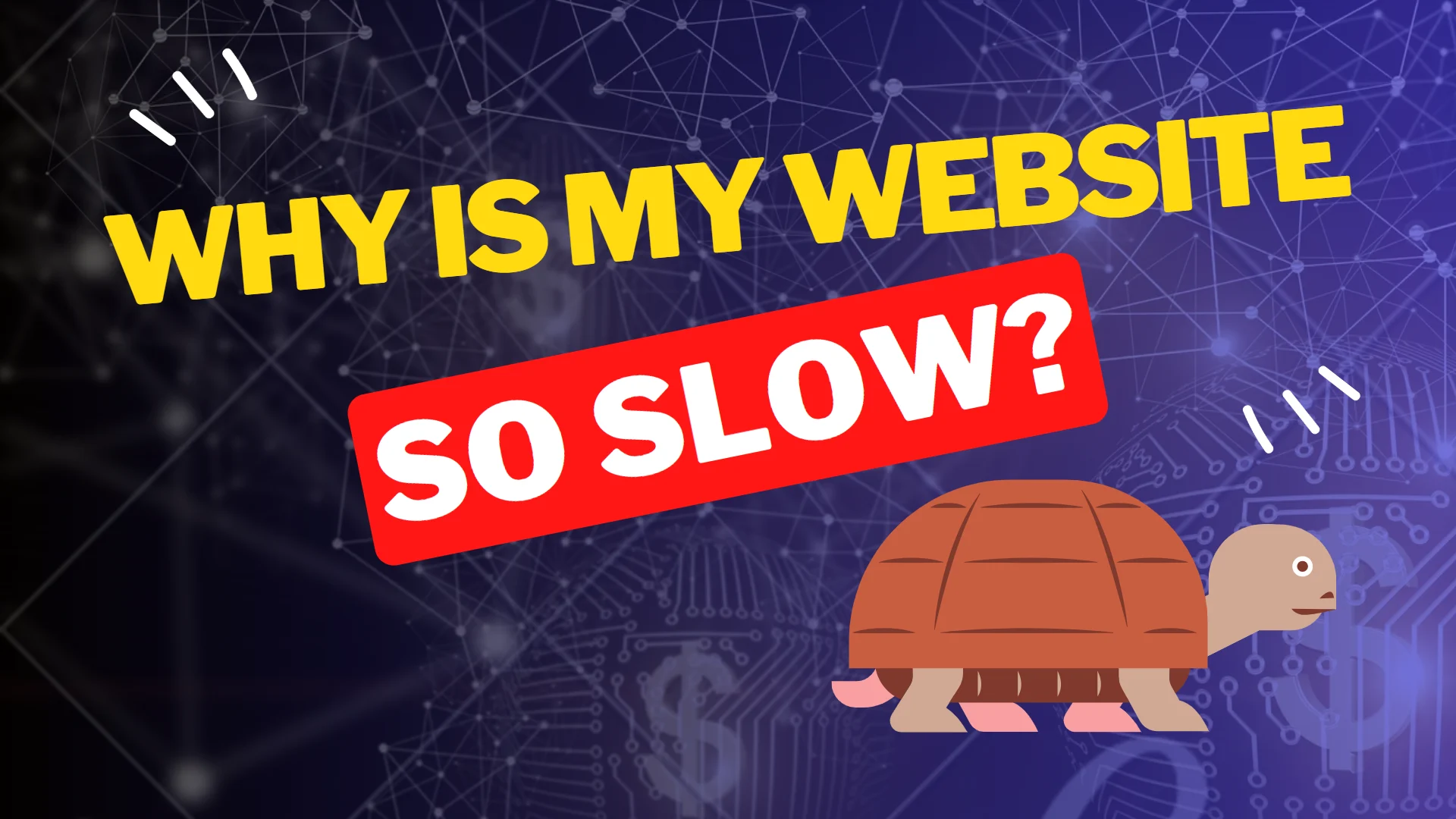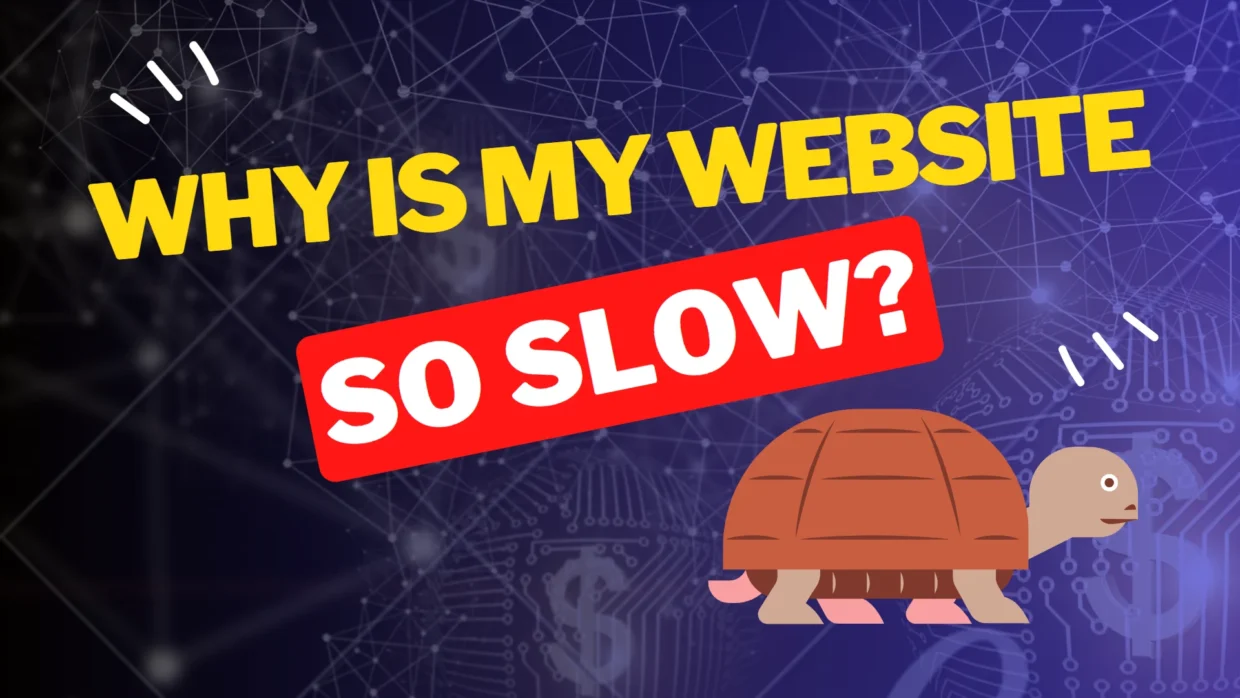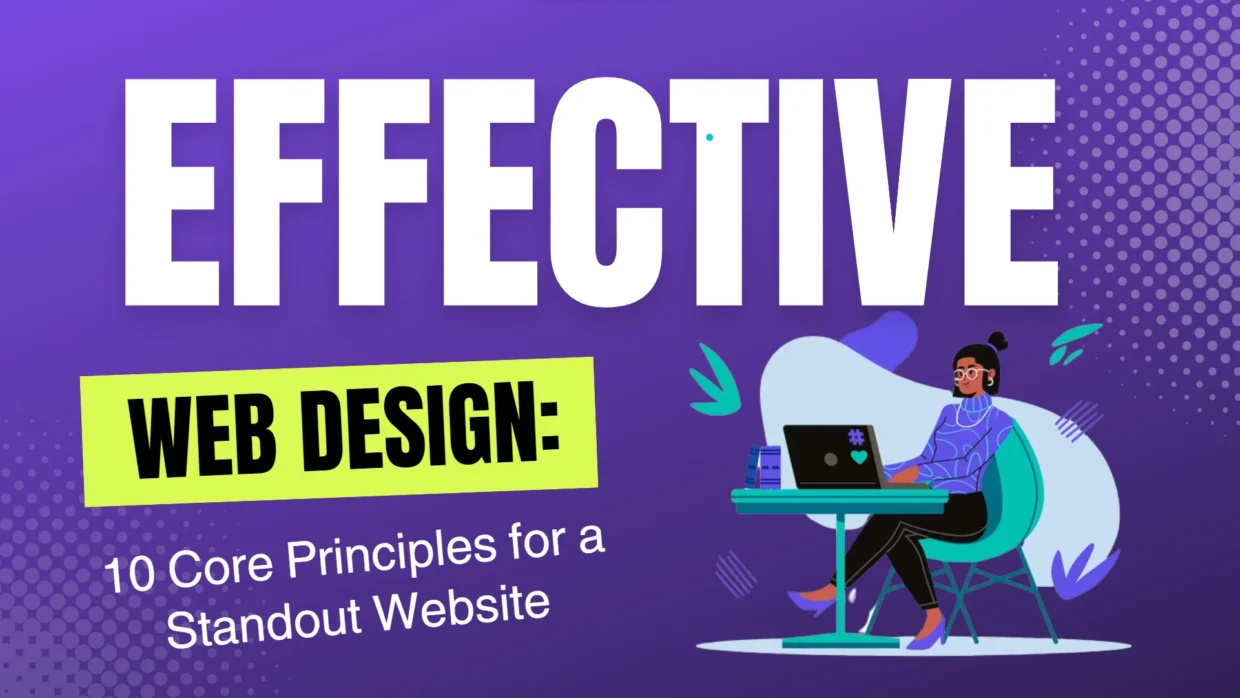
We get asked this question all the time, suggesting that the perennial pest that is a slow website continues to plague people.
There are many reasons why your website could be slow, and we’ll discuss some of the main ones in this article. As frustrating as it is, the good news is that a slow website can be resolved with a little TLC. We’ll look at how in a minute, but first, let’s start at the beginning with why website speed is so important.
Why does website speed matter anyway?
You probably don’t need us to tell you, but no-one likes waiting around for a website to load. In fact, according to research by Google, 53% of visitors will leave a site if it doesn’t load within three seconds, and the rest will follow soon after that. And it’s not just the public at large who feel this way – Google doesn’t like it when you make people wait either.
Google recently made speed an SEO ranking signal and it is therefore likely to become an increasingly significant factor in the future, so it’s one thing you really can’t do without. Your website needs to meet the Core Web Vitals standards for optimisation.
The slower your website, the higher the bounce rate = the greater the impact may be on your SEO rankings.
Some interesting stats

So, why is your website so slow?
If your website is taking longer than a second or two to load, then it’s very likely that your site is not fully optimised, or something isn’t working as it should be.
There are two main reasons why your website might not be up to speed.
01. Bad Web Hosting
Before we get into this, a quick word about what we mean by website hosting. Think of it like renting a space on the internet that users can visit; your digital office or virtual shop front if you will.
Slow web hosting is the chief suspect for a website that lags. If your website is hosted on a server which doesn’t have enough resources for everyone using it, performance will be impacted. Our customers don’t have that problem here at Webarts because our servers use the much faster Solid State Drive storage, which significantly improves website loading times.
Server uptime also impacts this. If your website is down then your speed is effectively zero, so any server downtime is incredibly detrimental to your website, and not to mention your business operations. If your website goes down too often, the bots that crawl it may come across the resulting server error and assume the site is permanently unavailable, which can have massive implications for your SEO.
There are various reasons why your website might go down, such as missing/expired SSL certificates, malware or other server issues. Webarts can provide you with an A Grade SSL certificate in addition to your website care plan, and run daily malware scans and investigate any server issues. This is supported by our uptime monitor, which will tell us immediately when a website might down for any reason.
02. Unoptimized images
When images have a large file size, no alt tag, and undescriptive file names, they are considered un-optimized and can make your website load slower.
Images created in programs like Photoshop are saved as large files. Though they carry a substantial amount of detail and quality, they can make your website load slowly because of all that detail.
In addition, Google can’t actually see images. Instead, they read alt tags, which let you add a short three- or four-word description about the image. But without that description, Google doesn’t know what your images are.
03. You’re Not Using a Content Delivery Network (CDN)
If you don’t have a content delivery network (CDN), you may have a website that loads slowly.
A CDN’s job is to serve your website to users based on their location. When you use a CDN with your website’s server, it connects the user to your site much more quickly.
A CDN also ensures your website is served to a user from a nearby location. That helps your site load more quickly since the data has a shorter distance to travel between the user and your server.
For example, if you open a webpage in your browser, the browser first has to communicate with the server to open it. Without a CDN, the communication between your browser and your server takes longer. A CDN speeds up the process.
04. Excessive HTTP Requests
Every time a file is loaded on your site, an HTTP request is made to the server. This means that the more files your site has that require HTTP requests, the more the server has to load when the page is viewed. If you have a large number of files that are frequently accessed on your site, you may encounter an issue with too many HTTP requests bogging down the server.
05. Too Many Plugins
Even though plugins can turn a simple website into a feature-rich, dynamic online space, there are unseen costs associated with them. The more plugins you install, the more the server has to handle whenever the page loads. This is particularly true for plugins that create public-facing page elements that load for all visitors to the website. It is also possible for plugins to draw resources even when they are not in use.
Social media plugins are often used in excess. Websites with multiple social media badges that also include the number of hits going to those sites can affect the performance of a site. These buttons continually access data in order to keep their button counts updated. Having more than one will increase that effect as they will be simultaneously making connections to their associated social media accounts.
06. Database is Not Optimized
MySQL and other database systems can suffer from something called “overhead”, which is a term used to describe the bloat of log data and other entries that accumulate over time. When too much overhead is present, the database can perform more slowly and even time out entirely. This means a slower, less reliable website.
07. Lots of elements on a page
In 2015, the average page size was 2MB. That increased in 2016 to 2.3MB. And by 2017, it’s projected to increase to 3MB. But what do those MBs hold?
Your page size is impacted by the images, scripts, HTML, stylesheets, videos, and other elements you may have on a page.
When you have more elements on your page, the page loads more slowly, which can result in a slow website overall if all the pages load like snails.
08. Too Many Ads
It can be tempting to maximize the monetization of your website by including space for a large number of advertisements. Unfortunately, these page elements can sometimes use complex animations or high-resolution graphics that will ultimately slow down your site. The more ads that are used on your site, the more that a viewer has to load in order to see your site. This can easily add up to a much slower website.
09. Not Making Use of Caching Techniques
Caching is known to improve the performance of websites by leaps and bounds. If you’re not caching, you’re missing out. It’s a technique that let’s you store frequently used data points in the ‘cached memory’.
Any subsequent requests for the same content gets served from the cached memory, thus speeding up the whole data retrieval process.
By implementing browser/HTTP caching and server-side caching, you are likely to experience a huge improvement in the performance of your website.
10. Too many social sharing buttons
It’s important to allow your users to share your pages on social media quickly, it can slow down your page load time if you have too many social sharing buttons.
In order for these buttons to do their job, you have to add them to your site as a plugin. They also need to first retrieve data from their respective social media site every time they’re used.
For example, if you have a Facebook and Twitter sharing button on your website, both social media sites get requests for specific data in order for the button to work correctly. If you only have a few buttons, that’s not a big deal.
But using a share button for every single social platform is a problem.
11. High website traffic
High website traffic is another reason for a website loading slow.
Even though information moves at the speed of light, websites can only accommodate so many visitors before slowing down. The amount of visitors that a site can handle is determined by its bandwidth.
Bandwidth is a technical term that means how much information an Internet connection can handle in any given amount of time. Larger bandwidths — often called “broadband” — deliver information more quickly and accommodate more visitors.
This is what it means when you see the unit “Mbps,” which stands for megabits per second. This lets you know how much data is transferred every second through your Internet connection.
12. Unclean Code
Another common culprit for website slowness is unclean coding. When you make your website, excessive white spaces, inline stylings, empty new lines and unnecessary comments can make the website stylesheet grow larger in size.
By removing these unnecessary elements, you can compress the code, reduce the file size and improve the overall page load time and if you’re tracking rankings you’ll probably see a boost in your SEO performance too. In technical terms, this process is known as minifying. If you are not comfortable with coding, there are several online tools that can be used to clean and minify your stylesheet files. Alternatively, you can use a helping hand of some IT services providers.
13. JavaScript is Not Optimized
JavaScript is the programming language responsible for many of the interactive, responsive features you see on modern websites. Slick animations, dynamic menus, and engaging visual elements are commonly developed using JavaScript. If this code is poorly implemented into a website, it can cause some page elements to delay the loading of the entire page. Multiple requests that call JavaScript outside of your website can also add up and result in causing your website to slow.
14. CSS is Not Optimized
CSS is a language used to provide formatting and style definitions in the creation of web pages. And just like JavaScript, unoptimized CSS can cause sites to load more slowly. An example of this may be that your CSS is calling up multiple fonts that are not embedded on your site. These extra fonts may look good, but they may also cause your site to slow down as they are being loaded.
15. Poor Network Optimization
Sometimes a website loads slowly due to network-related issues within the hosting provider’s network, not issues with the website or server. This can be the result of unexpected spikes in traffic. There may also simply be caused by problematic hardware in the network that needs to be replaced.
16. Hidden Malware
While many software developers are continually working to update software like themes or plugins, hackers and other malcontents intent on theft or other illicit activities are also developing their latest versions of malware. Some of their creations may have already infiltrated without you knowing. They can cause security issues, slowdowns, unnecessary redirects, or deface your website if you are not paying attention to your site.
17. Missing Files
In some installations, files may be missing due to problems that may have occurred during installation, migration, or an update. These missing files can cause longer loading times because of the attempts to find the files. These missing files may not be visible to the viewer unless you go to the specific page which is missing from the site and then see a 404 error.
Conclusion
Website page load speed depends on a variety of factors such as unoptimized images, a high number of HTTP requests, bulky codes, and JavaScript issues to name a few.
It can be a difficult task to figure out what exactly is causing the website to slow down. No matter what the root cause might be, you should leave no stones unturned to get to the bottom of the issue because failure to do so could be the difference between an additional month in revenue.
If your website loads slowly, Webarts can help.



